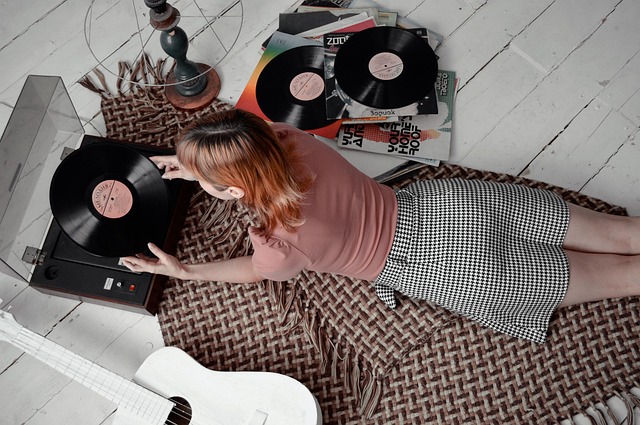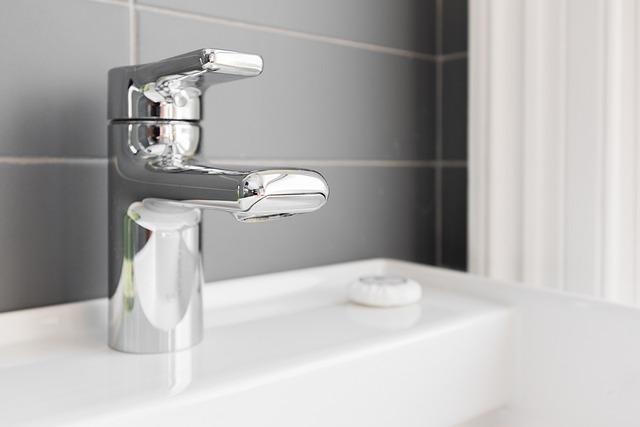
Cartilage Piercing
Understanding Cartilage Piercing
Cartilage piercing has emerged as a popular form of self-expression, allowing individuals to adorn their ears with unique jewelry that reflects their personal style. Unlike traditional lobe piercings, cartilage piercings involve the tougher tissue of the ear, which can create a distinct aesthetic and offer a variety of placement options. This article delves into the intricacies of cartilage piercing, including the types, procedure, aftercare, and healing process.
Types of Cartilage Piercings
There are several types of cartilage piercings, each offering a unique look and feel. Some of the most common include:
- Helix Piercing: Located at the upper rim of the ear, this is one of the most popular cartilage piercings.
- Tragus Piercing: This piercing is situated on the small flap of cartilage that partially covers the ear canal.
- Conch Piercing: Positioned in the inner shell of the ear, this piercing can be done in either the inner or outer conch.
- Daith Piercing: This piercing is located in the fold of cartilage just above the ear canal and has gained popularity for its potential health benefits.
- Snug Piercing: Found in the middle of the ear's outer ridge, this piercing is less common but offers a unique aesthetic.
- Orbital Piercing: This involves two piercings connected by a single piece of jewelry, typically located on the helix.
The Piercing Procedure
The process of getting a cartilage piercing is both straightforward and meticulous. A professional piercer will begin by setting up a sterile environment to ensure safety and hygiene. The following steps are typically involved:
- Preparation: The piercer will clean the ear thoroughly and mark the desired location for the piercing.
- Agreement: Once the placement is confirmed, the piercer will prepare the necessary tools, including a hollow needle and the chosen jewelry.
- Piercing: Using a hollow needle, the piercer will create the hole in the cartilage, immediately inserting the jewelry afterward.
It is essential to choose a reputable piercer who adheres to strict hygiene practices to minimize the risk of infection and complications.
Jewelry Choices
When it comes to jewelry for cartilage piercings, options abound. The most common initial jewelry types include:
- Captive Bead Rings: These rings feature a bead that holds the ring closed, providing a secure fit.
- Barbells: Straight or curved barbells are often used for various types of cartilage piercings.
Typically, jewelry is available in various gauges, with 18 gauge, 16 gauge, and 14 gauge being the most common sizes for initial piercings. It is advisable to start with larger and longer jewelry to accommodate potential swelling during the healing process.
Healing Process and Aftercare
The healing process for cartilage piercings can be more prolonged and complex compared to lobe piercings. Generally, it takes anywhere from six months to a year for a cartilage piercing to fully heal. During this time, proper aftercare is crucial to ensure a smooth recovery.
Some essential aftercare tips include:
- Keep it Clean: Clean the piercing regularly with a saline solution or a recommended antiseptic.
- Avoid Touching: Minimize contact with the piercing to prevent irritation and infection.
- Be Mindful of Jewelry: Avoid changing the jewelry until the piercing is fully healed.
- Watch for Signs of Infection: Be vigilant for any redness, swelling, or discharge, and consult a professional if these occur.
Conclusion
Cartilage piercing offers a beautiful way to express individuality and style. With various types of piercings available and a range of jewelry options, individuals can curate a look that resonates with their personal aesthetic. However, it is essential to approach the process with care, ensuring that proper procedures and aftercare are followed to promote healing and prevent complications. As with any body modification, informed decisions and professional guidance are key to a successful and fulfilling experience.

















 K-pop Demon Hunters Songs List
K-pop Demon Hunters Songs List 
 Health
Health  Fitness
Fitness  Lifestyle
Lifestyle  Tech
Tech  Travel
Travel  Food
Food  Education
Education  Parenting
Parenting  Career & Work
Career & Work  Hobbies
Hobbies  Wellness
Wellness  Beauty
Beauty  Cars
Cars  Art
Art  Science
Science  Culture
Culture  Books
Books  Music
Music  Movies
Movies  Gaming
Gaming  Sports
Sports  Nature
Nature  Home & Garden
Home & Garden  Business & Finance
Business & Finance  Relationships
Relationships  Pets
Pets  Shopping
Shopping  Mindset & Inspiration
Mindset & Inspiration  Environment
Environment  Gadgets
Gadgets  Politics
Politics 